Brushing Baby Teeth
Even before baby teeth start to show; it’s a good idea to get into the habit of wiping their gums (Healthy Gums and Teeth Page) with gauze or a soft wet washcloth during bath time or before bed time. At this point, the tooth paste is still not necessary. Simply place the gauze around the finger and gently rub that on the gum.
Bacteria (Bad Breath Fight | Following Tips To Reduce The Bad Breath Page) in the mouth usually can not cause cavity (Cavity Treatment and Prevention Page) or gum disease (Gum Disease | Gum Disease Treatment Page) before the baby teeth are erupted, but it can be hard to tell when the baby teeth are starting to come out, so you’ll want to start early. Getting a baby to get used to getting his/her teeth clean helps in the long term so they can learn to have it done themselves.
Maintaining Healthy Baby Teeth
As your child’s baby teeth start to erupt beginning around 6 months old, look for a baby toothbrush with a small head. Use a tiny amount of fluoride (Children Oral Health | When and How to Teach Them? Page) toothpaste. A dot the size of a grain of rice is usually adequate. Twice a day brush inside and outside of each tooth as well as chewing surfaces. Because you are using such a small amount of tooth paste for the baby teeth you do not need to have your child rinse out unless he/she likes to do that. As soon as you see the bristles of the tooth brush being worn out, change the brush to a new brush (Teeth Brushing Mastering Tips Page). Since most baby teeth have enough gap between them to be able to clean, you do not have to worry about flossing, but it is recommended to practice that so your child gets used to the idea of flossing (Dental Flossing Mastering Instructions Page) at the time of brushing.
Baby Teeth | Fluoride
Baby teeth can also benefit from a little fluoride. The fluoride prevents development of cavity, strengthening teeth, and making them more resistance to acids and harmful bacteria. Please be aware that a little of fluoride is very helpful in development of healthy teeth (Healthy Gums | Healthy Teeth | A Lifetime Commitment Page), too much of it can cause a condition called fluorosis (Dental Fluorosis Wiki Page). It causes white spots to show up on the permanent teeth as they erupt.
Most municipal water supplies are fortified with adequate fluoride so it is a good idea to call the department of water in your area and ask how much fluoride they mix in the water. If the amount of fluoride content of less than 0.3 parts per million, ask your child’s doctor or dentist whether you should give your child a fluoride supplement.
For more questions about baby teeth | Oral Hygiene, or if you want to schedule your teeth whitening appointment please contact our office.
- 12340 Santa Monica Blvd. Suite 241 West Los Angeles, CA 90025
- (310)820-7010






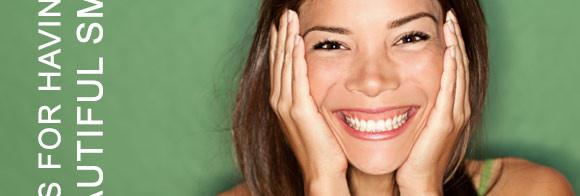
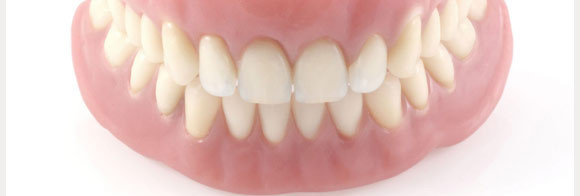



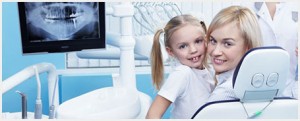
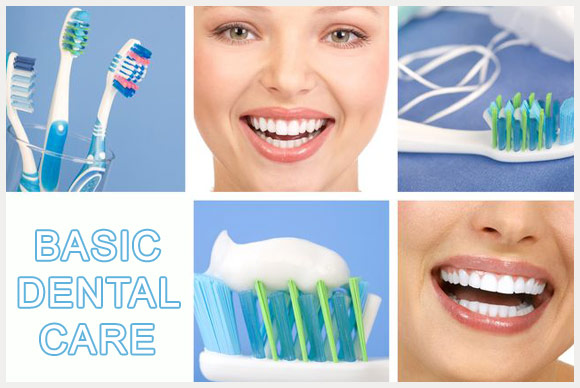
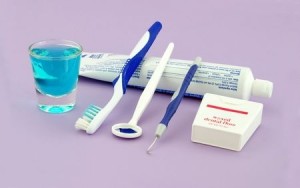 Use a short stroke and a gentle scrubbing motion, as if the goal were to massage the gum. Don’t’ try to force the bristles under the gum line; that will happen naturally, especially with a brush that has soft, flexible bristles.
Use a short stroke and a gentle scrubbing motion, as if the goal were to massage the gum. Don’t’ try to force the bristles under the gum line; that will happen naturally, especially with a brush that has soft, flexible bristles.